13 Interactive Content Examples That Will Engage Your Audience
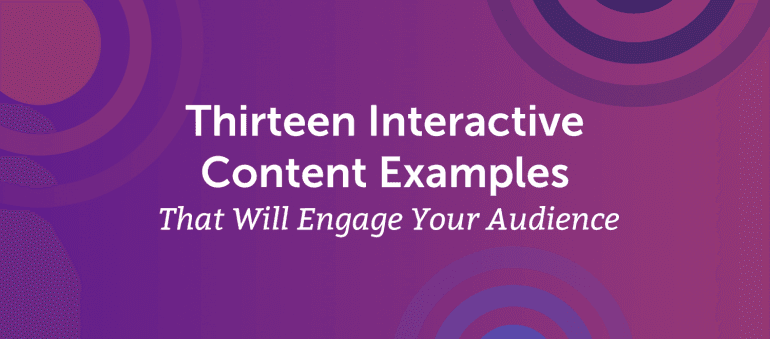 Everyone wants to get ahead of the marketing game. It’s understandable — you want to beat the competition, attract more attention, and sell more products or services. Interactive content can help you achieve those goals.
While interactive content has been around for some time, it’s only recently begun to gain serious traction among marketers. In a world that used to revolve around static copy, interactive elements seem a little intimidating.
However, it’s important to get over your butterflies if you want to supercharge your marketing strategy.
Everyone wants to get ahead of the marketing game. It’s understandable — you want to beat the competition, attract more attention, and sell more products or services. Interactive content can help you achieve those goals.
While interactive content has been around for some time, it’s only recently begun to gain serious traction among marketers. In a world that used to revolve around static copy, interactive elements seem a little intimidating.
However, it’s important to get over your butterflies if you want to supercharge your marketing strategy.
13 Interactive Content Examples That Will Engage Your Audience by @MikeKamo of @TheHelloBar
Click To TweetDownload Your Free Guide to Repurposing Content
One way to generate interactive content ideas is to repurpose things you already have. This guide offers some quick ideas to help spark your inspiration.What is Interactive Content Marketing?
Interactive content marketing involves using content to engage your audience based on their participation. It’s kind of like a conversation, but one in which you don’t have to actively participate. A simple example of interactive marketing is insurance companies that offer free, instant quotes. You visit the site, fill in some information, and go to the next stage in the process. At the end, you can have your quote emailed or texted to you.Does Interactive Content Perform Better Than Regular Content?
Did you know that 90 percent of consumers report that they want more visual and interactive content? That’s huge. Interactive content works better than regular content because it’s more engaging. It encourages consumers to compete, compare, test themselves, consume information faster, and achieve results quicker. It can also be highly immersive. Interactive video, for instance, bridges the gap between normal video and artificial intelligence to create a unique user experience.Why Interactive Content Is Considered the Future of Content Marketing: Interactive Content Statistics
Several marketers and strategists have declared interactive marketing the future of content. That’s largely because it works. Take quizzes, for example. You can find them on Facebook, websites, and other social channels, and they’re arguably among the most popular content on the web. Did you know that 96 percent of consumers who start BuzzFeed contests actually finish them? You can bet that 96 percent of your website visitors don’t finish every piece of written content on your site.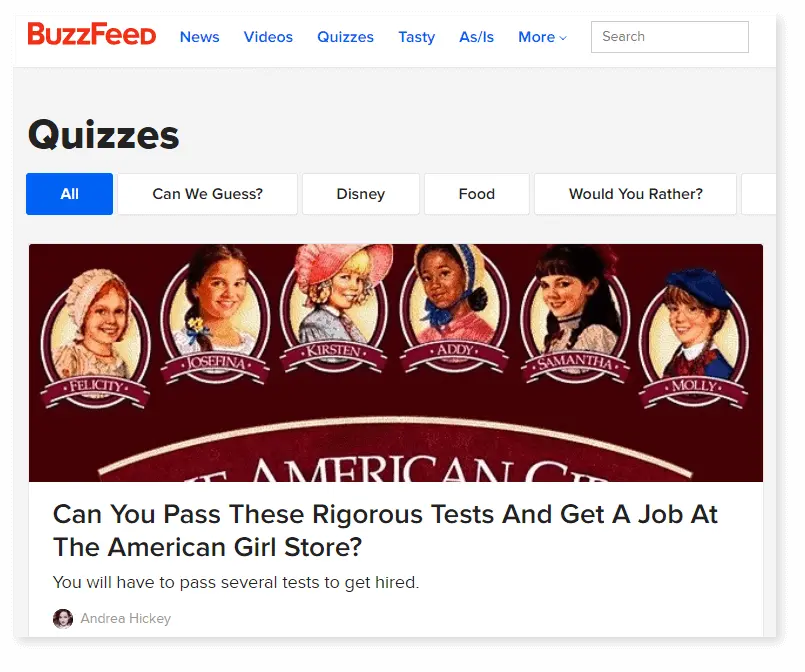 BuzzFeed contests are often silly, highly specific, or even a little controversial, but that doesn’t matter. People love interacting with this type of content.
In fact, one of those quizzes got more than 22 million views.
BuzzFeed contests are often silly, highly specific, or even a little controversial, but that doesn’t matter. People love interacting with this type of content.
In fact, one of those quizzes got more than 22 million views.
How can you create a quiz that gets more than 22 million views?
Click To TweetWhat Are the Forces That Make Interactive Content Such Powerful Lead Magnets?
There are several reasons interactive content draws attention from consumers. Here are a few of the most important.More Appealing: Attract and Educate People Who Might Become Future Buyers
Interactivity gives consumers a reason to stay on the page. It provides something different and unique while still bringing people into your sales funnel. Just because something is fun doesn’t mean it can’t be educational, too. Think about 360 video tours of destinations for future travelers or quizzes that test your knowledge on a specific subject.Just because something is fun doesn’t mean it can’t be educational, too.
Click To TweetSocial Media: Encourage People to Engage and Share Content With Friends
Many interactive content experiences go viral on social media. Instead of directing followers to your typical blog posts, invite them to experience something new and original. Since most social platforms prove highly visual, it’s easier to attract attention when you post a screenshot or photo depicting interactivity. Use the copy to explain how they’ll benefit from the experience. It doesn’t have to be overly promotional. For instance, Orbitz ran an interactive quiz on its website so people could determine how worthy their travel partners were.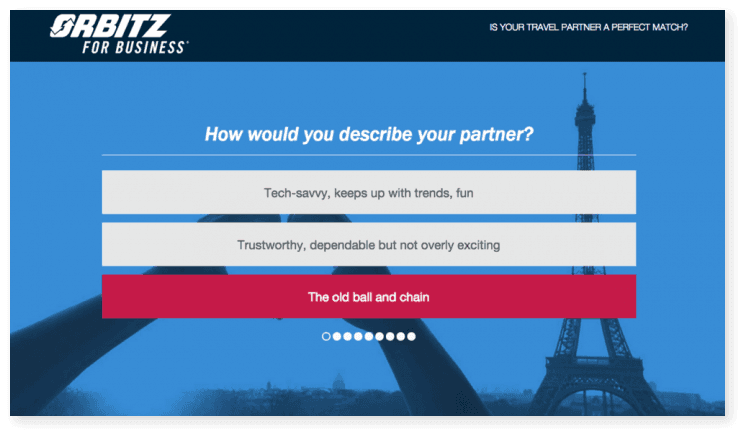 This type of content is easy to share on social because it’s already visual.
This type of content is easy to share on social because it’s already visual.
Increase Brand Exposure and Loyalty: With More Social Shares Comes More Brand Exposure and Loyalty
Word of mouth remains one of the most powerful assets for any marketer. If people are talking about your business, you have an advantage in the industry. Interactive content increases your chances of going viral — or at least getting more exposure. And if you deliver a satisfying, enjoyable, entertaining, or educational experience, you’ll win viewers’ loyalty.More Website Traffic and Page Views: Enhance the Website’s Overall User Experience (UX)
People revisit sites they like. If you’re consistently providing an awesome user experience, or UX, you can expect people to bookmark you and return to view future content. All of those views will help your content rank better organically in the search engines, which leads to even more page views. Plus, you’ll enjoy social shares and other forms of word of mouth that help businesses grow quickly.Human Nature: Humans Love to Interact
Competitiveness is built into most of our DNA. We want to show that we’re better than everyone else — or, at least, the majority. That’s why gamification has become such an integral part of interactive content. If you’re always reaching for the next level, gaining more points, or otherwise proving your prowess, the business benefits. For instance, hubEngage, an employee engagement platform, uses gamification to help improve employee involvement. There’s a public leaderboard so employees can compete as well as rewards tied to quizzes and prizes.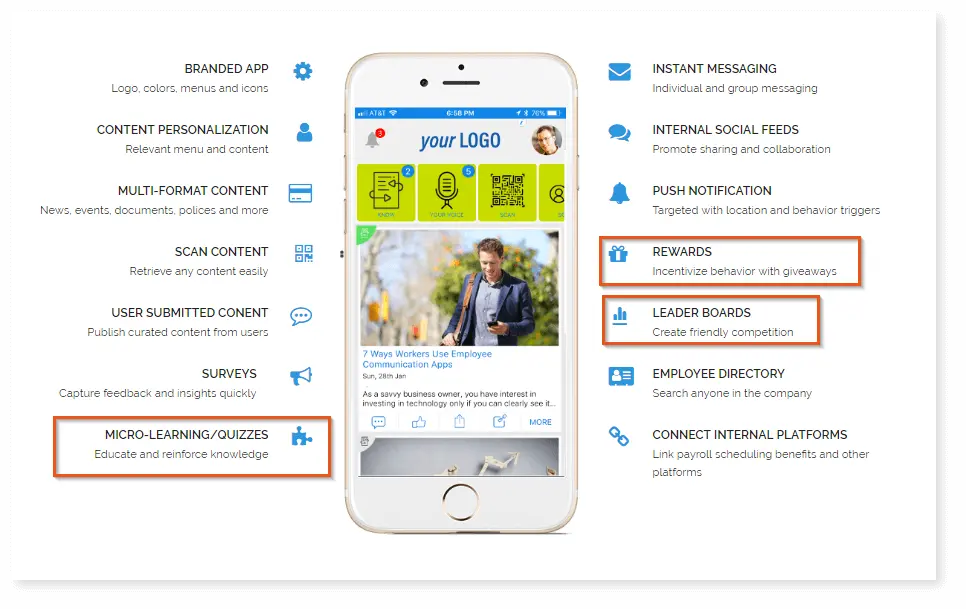
Competitive Advantage: It is Different, So It Will Cut Through All The Other "Noise"
There’s a ton of content out there. Getting ranked organically on Google is more difficult than ever, and consumers have become almost blind to standard content. Unless they’re looking for something in particular, they’re not interested in your article or video. Interactive content provides something completely different from the norm. Your competitors probably aren’t doing it, so you get the advantage. Your audience will appreciate your desire to deliver a better UX, and you’ll stand out from the crowd.Interactive content provides something completely different from the norm.
Click To TweetInteractive Content Provides Better Data to Optimize Your Buyer Persona and Your Sales Funnel
Believe it or not, interactive content can prove remarkably effective at every stage of the sales funnel. As your consumers move closer to a purchase, you can continue to engage them with high-quality, interactive content. While UX is undeniably important, you also want to collect data. The better you know your target audience, the better you can serve them. Surveys, polls, and either-or quiz responses are the best ways to collect data about your audience. You can now host an Instagram Live with an ongoing poll, which is a great way to combine two interactive types of content.Surveys, polls, and either-or quiz responses are the best ways to collect data about your audience.
Click To TweetAwareness Stage: Top of Funnel
At the top of the funnel, consumers don’t know much about you. That’s a good reason to give them a fantastic first impression. Show them you care about what they think. At the same time, collect data about their needs, desires, pain points, struggles, and goals. For instance, an interactive quiz incentivizes the user to participate, especially if you’re creative with your copy, and you get access to the answers. Based on the data you collect, you’ll know what type of content to deliver later on the sales funnel. Cloud Sherpas did this beautifully with an assessment geared directly at its target audience.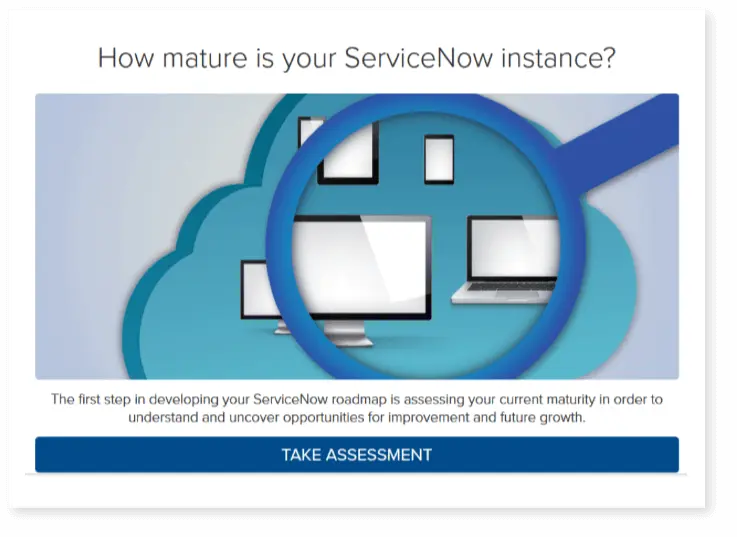 You can also use this strategy as a lead generation tool.
Over at NutritionSecrets.com, which was sold to another company several years ago, we discovered that we could collect more leads by asking our visitors to answer simple questions. Instead of immediately springing our lead magnet on them, we warmed them up — and collected data at the same time.
You can also use this strategy as a lead generation tool.
Over at NutritionSecrets.com, which was sold to another company several years ago, we discovered that we could collect more leads by asking our visitors to answer simple questions. Instead of immediately springing our lead magnet on them, we warmed them up — and collected data at the same time.
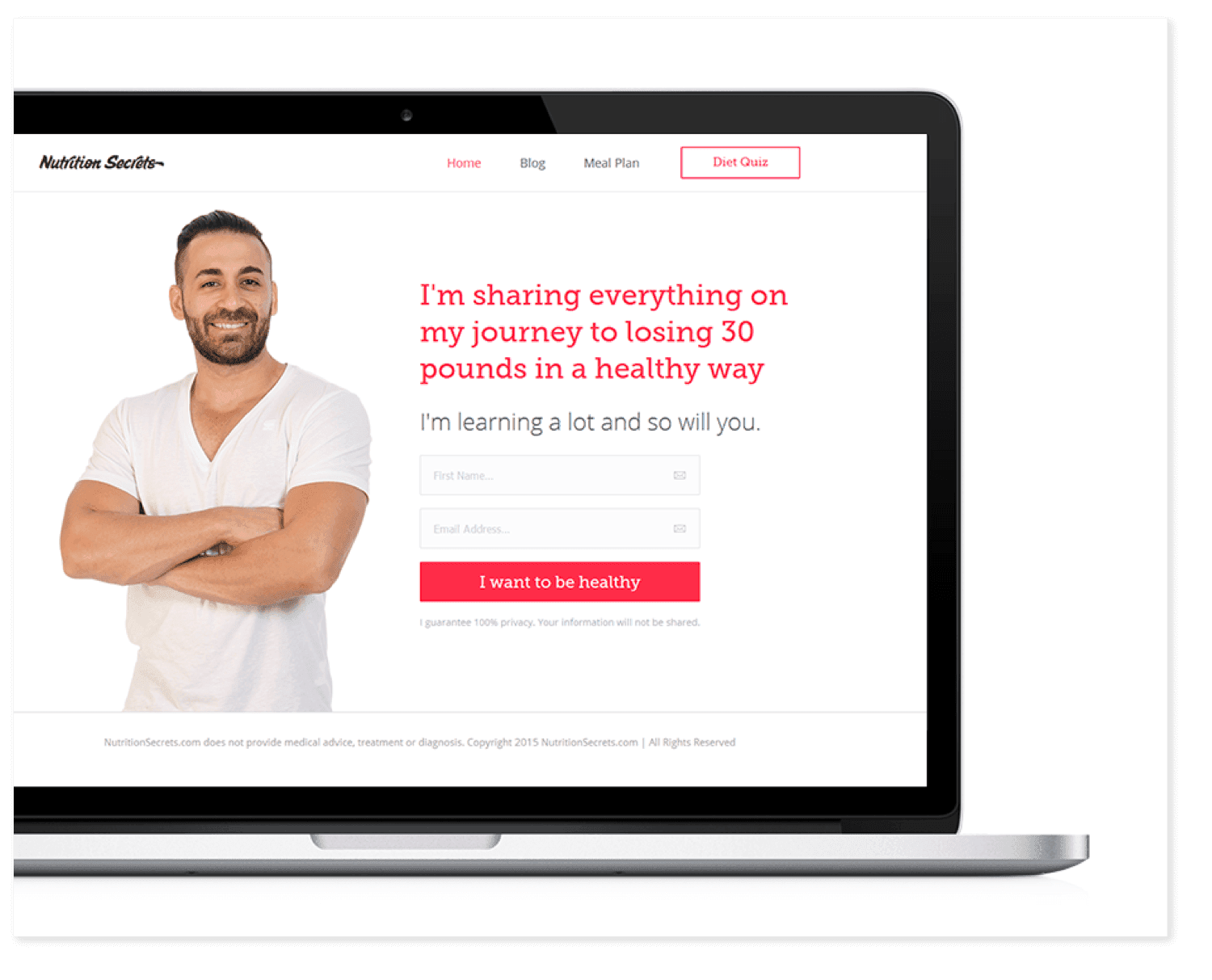 We first asked them to identify as male or female. Then we asked about their nutrition goals.
These sound like simple questions, but they provided us with tons of data. Plus, we increased our leads from 10 per day to 50 per day.
Best of all, it was as simple as creating a Hello Bar exit popup and using LeadQuizzes to create the quiz. In just a few minutes, you can create an interactive quiz that improves brand recognition, generates leads, and engages your audience.
We first asked them to identify as male or female. Then we asked about their nutrition goals.
These sound like simple questions, but they provided us with tons of data. Plus, we increased our leads from 10 per day to 50 per day.
Best of all, it was as simple as creating a Hello Bar exit popup and using LeadQuizzes to create the quiz. In just a few minutes, you can create an interactive quiz that improves brand recognition, generates leads, and engages your audience.
Evaluation Phase: Mid Funnel
In the middle of the funnel, consumers are considering their options. You’re on their radar, but so are your competitors. Interactive content can give you an advantage by keeping visitors coming back for more and by helping them make their decision. A benchmark assessment, for instance, allows your visitors to take a quiz or test to find out what they need, what product suits them best, or where they are in their journey. Not only is it fun, but it provides you with even more data. The Women’s Health Network has a beautiful quiz marketed as a weight loss assessment tool. People who take it get a free 10-minute call with a professional.
Decision Stage: Bottom of Funnel
Your target customer is finally ready to buy. What now? Consider deploying an interactive tool that helps the consumer determine what other products or services might meet his or her needs. You could create an interactive map, guide, infographic, or 360 video, as well. The possibilities are endless. College campuses often offer 360-degree campus tours. They’re highly immersive. I’m particularly impressed with Harvard’s.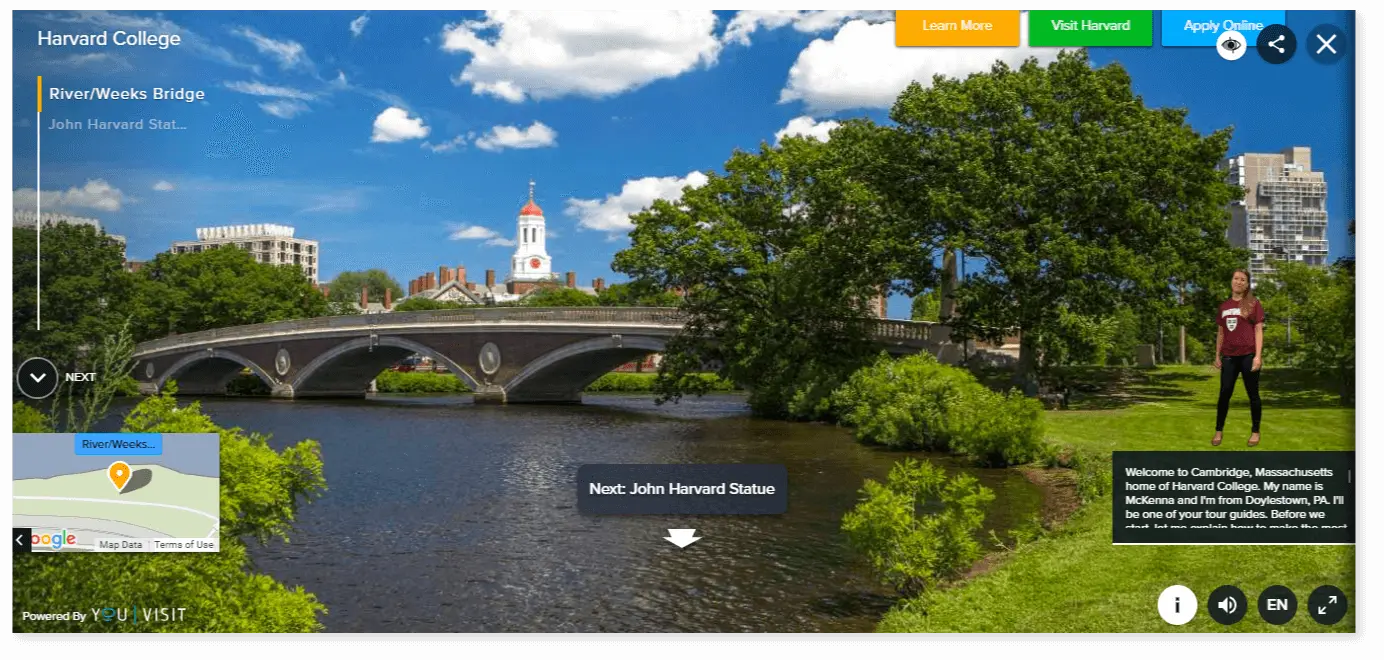 Remember that, at this stage, you want to delight the customer. That’s your chief goal. Deliver on your goal by creating interactive content that mesmerizes your customers.
Remember that, at this stage, you want to delight the customer. That’s your chief goal. Deliver on your goal by creating interactive content that mesmerizes your customers.
Deliver on your goal by creating interactive content that mesmerizes your customers.
Click To TweetWhat Are Common and Effective Interactive Content Types You Can Use To Get More Leads? Examples and Ideas
Maybe you want to create interactive content, but you’re not sure what kind would work best for your audience. Following are some of the most effective options. Give a few of them a try:Tips to Start Using Interactive The Right Way
Now that you have a few ideas in mind, let’s look at some of the most important tips to ensure you use interactive content correctly.Consider if You Have a Compelling Reason to Use Interactive Content
Don’t create interactive content just because. It won’t serve a useful purpose. Worse, you might drive potential customers away. Ask whether you can deliver the same experience or satisfaction with static content. If the answer is “yes,” don’t spend the time, money, and resources on interactive content. However, if you answer “no,” this might be the perfect opportunity. Other criteria to consider include the following:- Do you have the money to create the desired interactive content?
- Will the content be unique to everything else available to your target audience?
- Can you boost conversions with the interactive content?
- Is your team excited about creating and launching the content?
You Do Not Need to Invent If You Can Just Change What You Already Have
Repurposing content makes you a marketing rockstar. You don’t have to create content from whole cloth to make it interactive. Let’s say you’ve written an e-book. Insert links, images, and quizzes in certain places to make it interactive. If you’re really creative, you might even replicate the Choose-Your-Own-Adventure concept. For instance, you could make an interactive quiz that takes the viewer on different routes depending on their answers. Set up scenarios based around your business. [click to tweet: You don’t have to create content from whole cloth to make it interactive.] For instance, let’s say that you’re a travel agency. You could ask something like this: “You have five days of vacation in front of you. Money isn’t an object. Do you go urban or rural for your vacation?” Each answer takes the viewer to another question related to it. You could also turn your e-book into a quiz. Brainstorm a few questions directly from your e-book, then offer the custom plan to those who take the quiz. The same goes with email. Keep the email copy the same, but provide a link to an interactive experience.Consider Working With Third-Party Content Platform Specialists
Creating interactive content isn’t always easy. You might need to know how to program in certain languages, and you certainly need design skills. Third-party content platform specialists can help you create the best possible content. If you want to generate leads, Hello Bar is there for you. You can find a specialist for just about any niche. For instance, Engageform is an excellent tool for creating quizzes and assessments. Similarly, GoToWebinar has incurred numerous accolades among customers who have used it to create and host live webinars.Find Methods to Measure Your Interactivity Results In Advancements
Just because your content is interactive doesn’t mean it’ll produce results. Make sure you have KPIs in place to measure your content’s effectiveness. Measure metrics like time on page, bounce rate, lead generation, feedback, and social shares. That way, you’ll know whether you need to make tweaks or start over from scratch.Time to Take Action! 4 Steps to Create Interactive Content For Your Website
Ready to roll? We’re with you. To help you create interactive content that generates results, follow these four stages. You’ll find yourself more organized and more efficient.Step 1. Brainstorming Stage
Start by letting the ideas flow. I recommend involving multiple people in this stage so you can get more ideas. Put anything that comes to mind on the page — don’t censor yourself. Some of the best ideas come from brainstorming mindlessly. Ask yourself:- If you were a prospective customer, what would help you make the decision to buy?
- In what ways does your website lack in visual content?
- How can you make the user experience more immersive?
- What types of information do you want to gather from your audience?
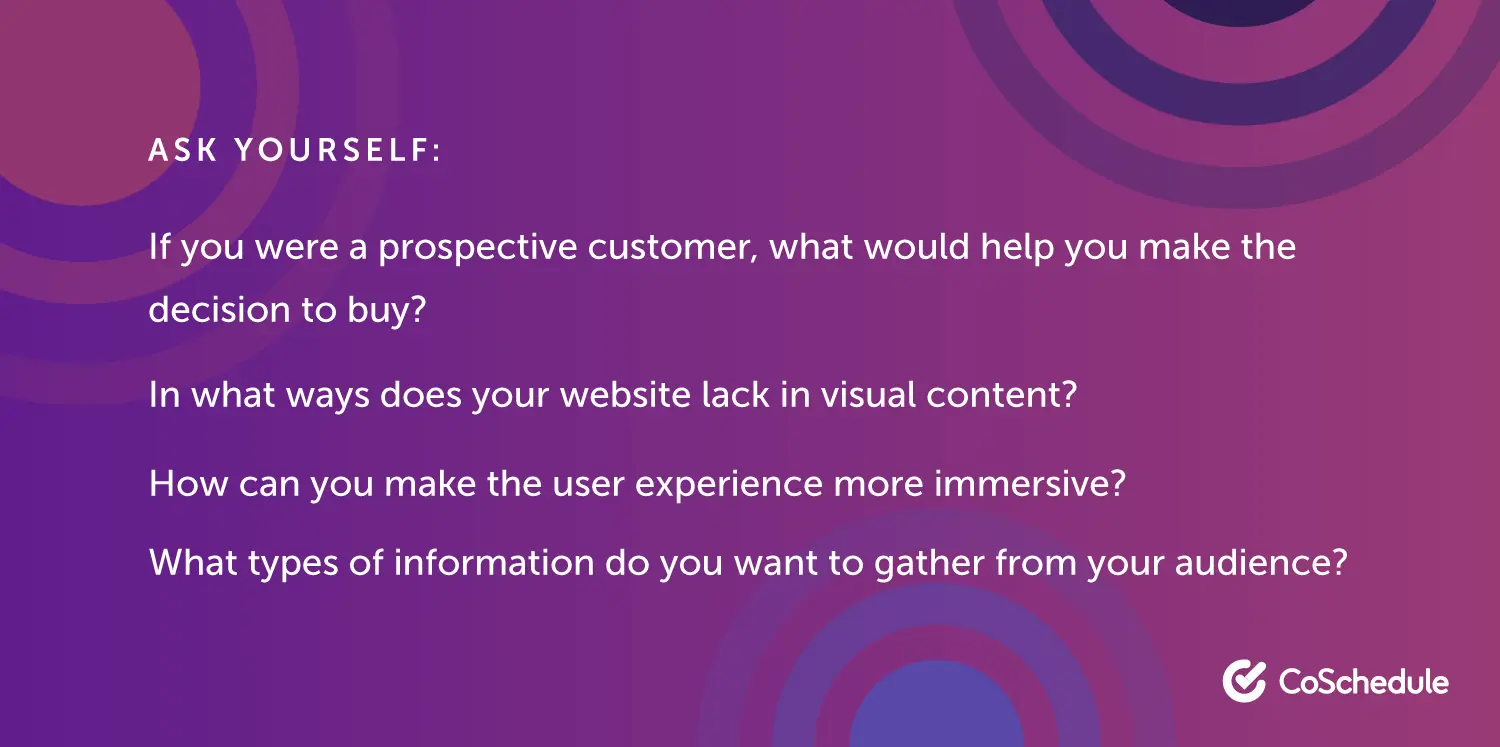 Narrow down the ideas based on the time needed to create them, the expenses involved, and any other limitations. Most importantly, which of your brainstormed ideas will give your website visitors that OMG! moment?
Narrow down the ideas based on the time needed to create them, the expenses involved, and any other limitations. Most importantly, which of your brainstormed ideas will give your website visitors that OMG! moment?
Step 2. Creation Stage
Once you’ve chosen an idea from your brainstorming session, create your interactive content. Focus on making it as entertaining and useful as possible for the consumer, but make sure you get the benefit of improved or increased data or better brand recognition. There needs to be a balance. If the experience isn’t fun, people will turn away. For instance, if you’re creating a quiz, add humor and personality to the questions. For a webinar, choose the most extroverted person on your team to host it. If you’re creating a quiz, refine your questions over and over until they’re poised to get the best possible responses. For instance, instead of asking people to rate a particular feature or benefit, ask them to expound on their answers. A good question is extremely specific. Instead of saying, “How much time do you spend on [task]?” ask, “How much time do you spend on [task] every day in minutes?” It’s far more specific. To make your questions more engaging, add some humor: Instead of asking, “What are the most urgent problems you’re facing with [task] today?” ask, “What aspects of [X] make you want to pound your head repeatedly against your keyboard?”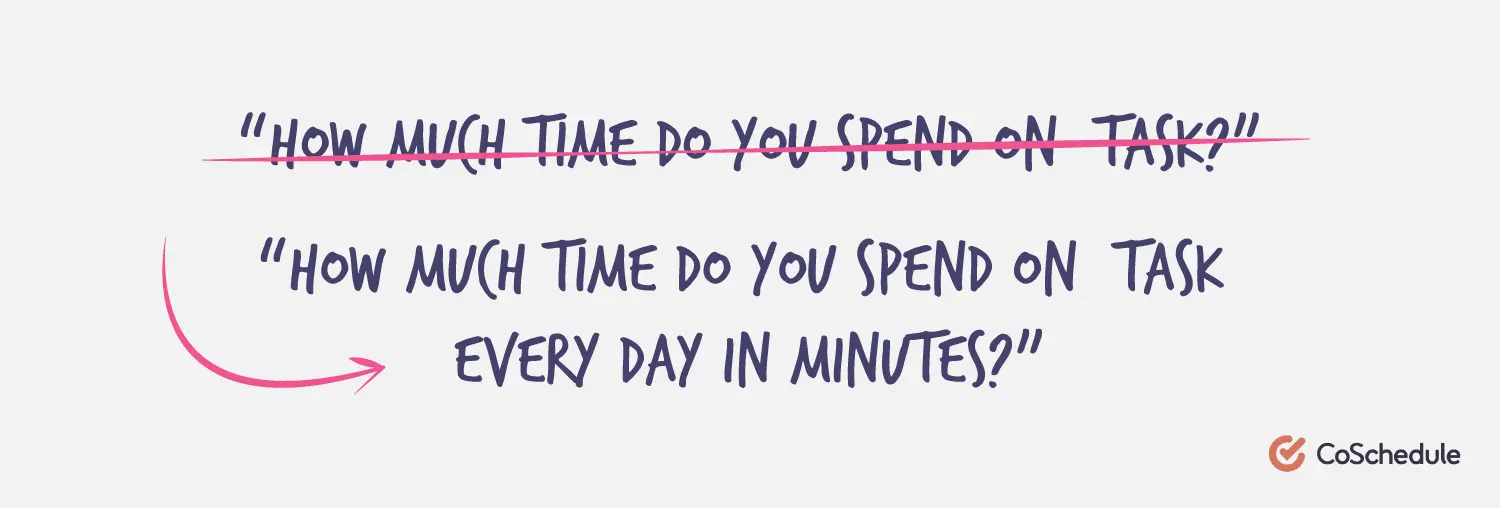 Aesthetics matter, too. Don’t just throw something together. Work with a professional to make the interactive content unusual as well as aesthetically impressive. For instance, if you’re making a video, work with a professional videographer. Professional app designers, graphic artists, and copywriters can all come in handy.
Survey your competition and make sure your interactive content is different from theirs.
Aesthetics matter, too. Don’t just throw something together. Work with a professional to make the interactive content unusual as well as aesthetically impressive. For instance, if you’re making a video, work with a professional videographer. Professional app designers, graphic artists, and copywriters can all come in handy.
Survey your competition and make sure your interactive content is different from theirs.
Step 3. Marketing Stage
Promote your interactive content widely. The more you talk about it, the more people will view it. Encourage your followers to share it on social, send a link to your email list, and optimize a blog post for SEO so you can link to it from there. Encourage people to share your interactive content. Make it easy by using an embed code for certain types of content, such as interactive infographics. Add a highly clickable headline and CTA so people feel compelled to pass on your good work. To create an embed code, simply enter the target URL from your website or social channel in the box at Embed.ly. A preview for the content will appear below. You can adjust specifics, such as whether you want social links included.
A preview for the content will appear below. You can adjust specifics, such as whether you want social links included.
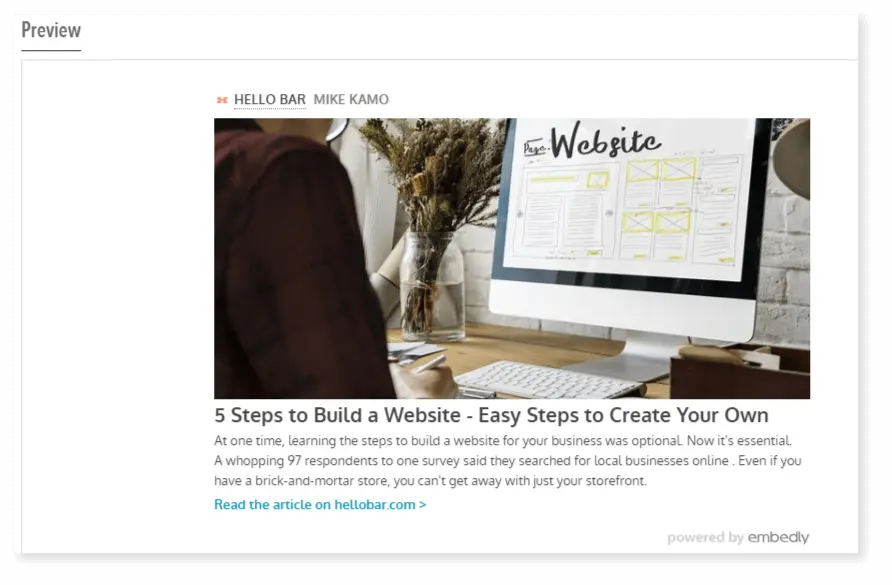 Based on the options you choose, Embed.ly will provide your embed code.
Based on the options you choose, Embed.ly will provide your embed code.
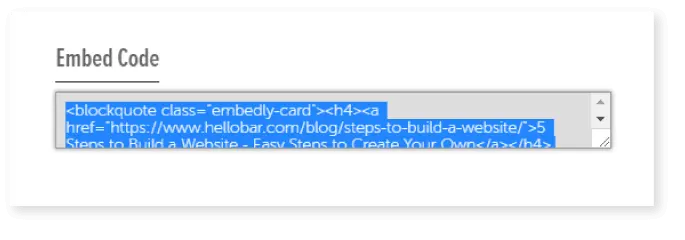
Step 4. Testing Stage
Set a time period, such as 60 days, and pay attention to your metrics. How much engagement are you getting? Have you gotten more leads as a result of your content? What can you change to make it better? Focus on user experience and conversion rates. Those metrics will tell you how well you’re meeting your original goal.Focus on user experience and conversion rates. Those metrics will tell you how well you’re meeting your original goal.
Click To Tweet

